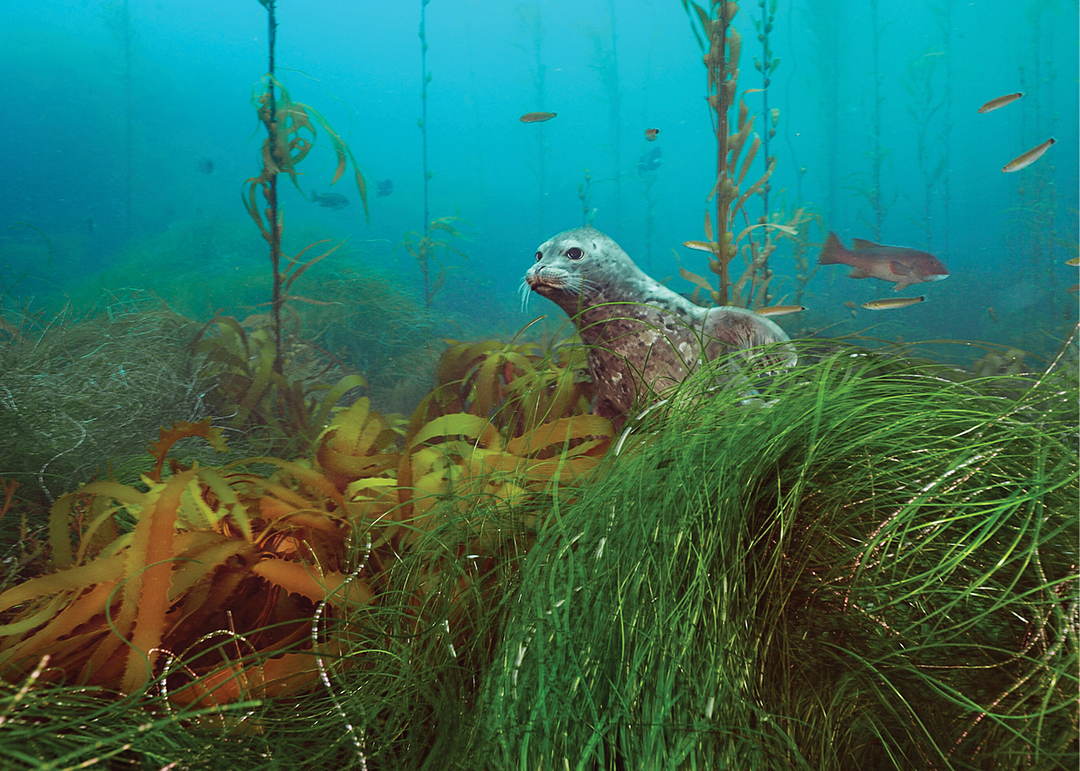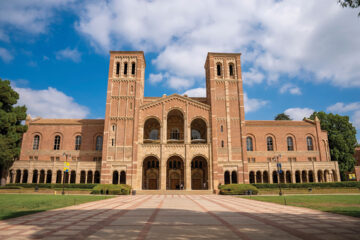International conservation organization Wildcoast aims to save California wetlands
International conservation organization Wildcoast is working to save California’s wetlands, which have disappeared by 90 percent

Walk the dirt path that winds along Carlsbad’s Batiquitos Lagoon and you’ll likely see nature’s wonders — ospreys nesting high atop a tree, a snowy egret diving into the water to feast on a fresh catch, the sun shimmering on wetlands teeming with plants and wildlife. People have a place here, too, whether hiking, birdwatching, or pausing on benches to take in the view. Such coastal sanctuaries are even more precious during the pandemic, offering safe, peaceful places not only to reconnect with nature, but with each other. Sadly, research shows that 90 percent of California’s wetlands have disappeared because of development, agricultural runoff, pollution, and other causes.
Wildcoast, an international conservation organization celebrating its 20th anniversary this year, is working to change that. It is partnering with the State of California, Batiquitos Lagoon Foundation, San Dieguito River Conservancy, and Scripps Institution of Oceanography to restore at least 49 acres of wetlands surrounding the Batiquitos and San Dieguito Lagoons. These state marine conservation areas make up nearly 400 acres of Southern California wetlands, which provide cushions against coastal flooding, homes for threatened and endangered wildlife, and layovers for migratory birds. They also fight global warming. Sea grasses and salt marshes in wetlands remove carbon dioxide from the atmosphere and store it in the soil. Known as blue carbon ecosystems, they are considered important tools in reducing greenhouse gases and carbon emissions.
“All of us in San Diego love these beautiful backyard habitats where we can see wildlife and which provide fishing resources,” says Wildcoast Executive Director Serge Dedina. “Now we know they are key components of how we’re going to address climate change and sea level rise.” Considered a pioneer in the field of natural climate solutions, Wildcoast won the prestigious Keeling Curve Prize for its efforts to protect coastal and marine ecosystems that combat global warming.
Dedina, who co-founded Wildcoast with Wallace J. Nichols, PhD in 2000, is especially proud of the organization’s many international efforts. They include conserving nearly 32 million acres of ecologically important coastal and marine ecosystems in the U.S. and Mexico, and watching over California’s 124 marine protected areas (MPAs) such as La Jolla Shores, which are vast underwater reserves abundant with marine life. Dedina calls the waters off San Diego the “Serengeti of the Sea,” an extraordinarily rich ocean wilderness and one of the world’s biggest migratory routes. In Mexico, Wildcoast works with local communities to protect the San Ignacio Lagoon, a birthing place for gray whales on the Baja California Peninsula, and more than nine miles of nesting beaches for endangered sea turtles in Oaxaca.
Wildcoast also is working to clean up the border, stopping the flow of raw sewage — tens of millions of gallons — along with tires, trash, debris, and chemicals from the Tijuana River into ocean waters off Imperial Beach, which has been closed since last November. Dedina, who is the mayor of Imperial Beach and a longtime surfer, was featured, along with Wildcoast environmentalist Fay Crevoshay, on CBS’ 60 Minutes. Correspondent Leslie Stahl reported the toxic stew threatens not only the environment but border patrol agents and Navy SEALS who train in the coastal waters.
One of Wildcoast’s most important missions is to engage a new generation of “coastal stewards.” Over the past two decades it has involved more than 10,000 students in educational programs, such as floating labs. It also partners with the California Conservation Corps, a state agency that provides paid service to young adults who work on environmental projects like lagoon restoration.
Dedina urges San Diegans, young and old, to “double down” on efforts in support of ocean conservation. “Get involved, get active, and continue to protect our precious resources,” he says. “Conservation isn’t abstract. It’s completely doable.”
On August 22, Wildcoast kicks off its 20th anniversary fundraiser, an online auction of coastal-inspired art and photography with a virtual painting experience featuring artist Clare Salisbury-Ruf. 619.423.8665, wildcoast.org








Comments